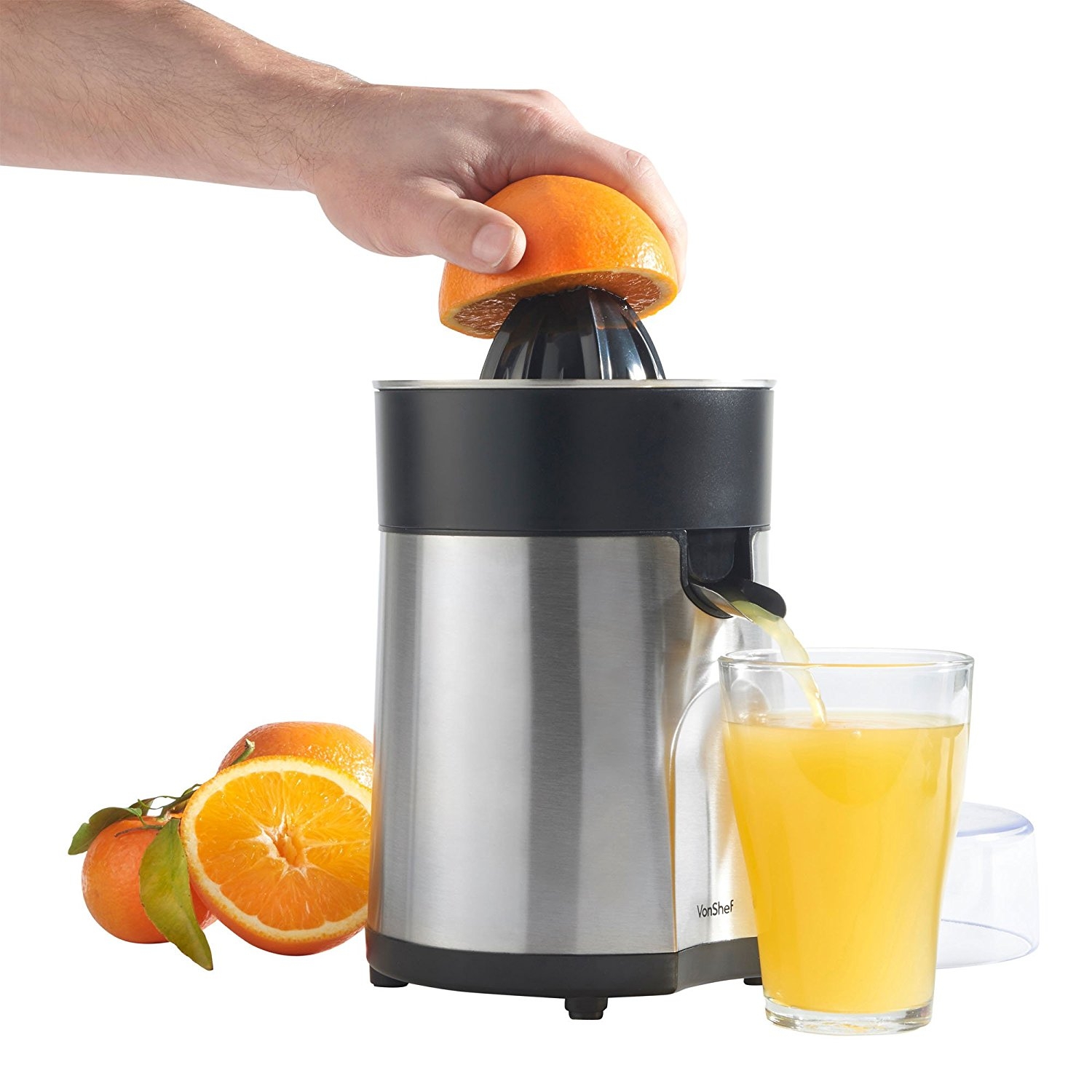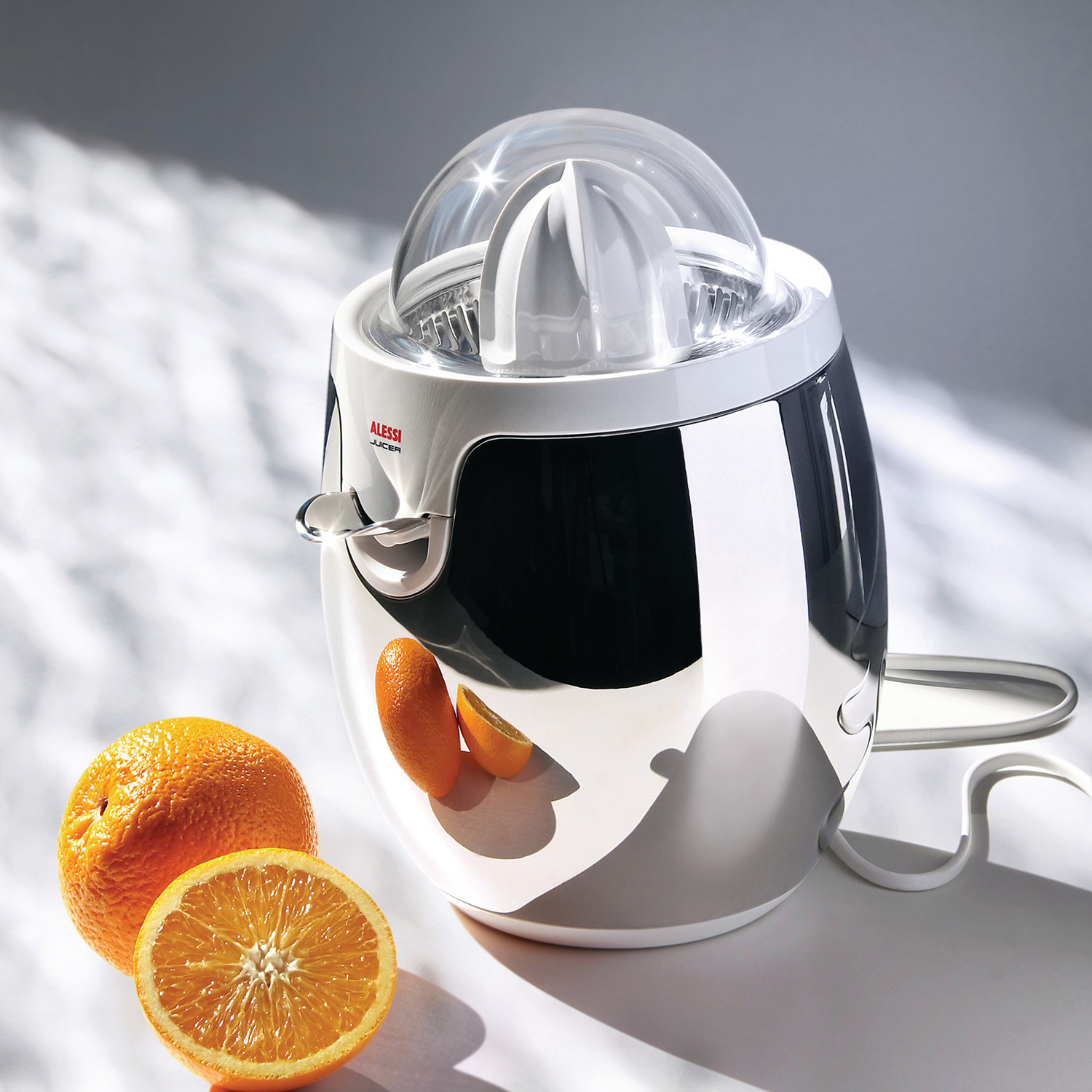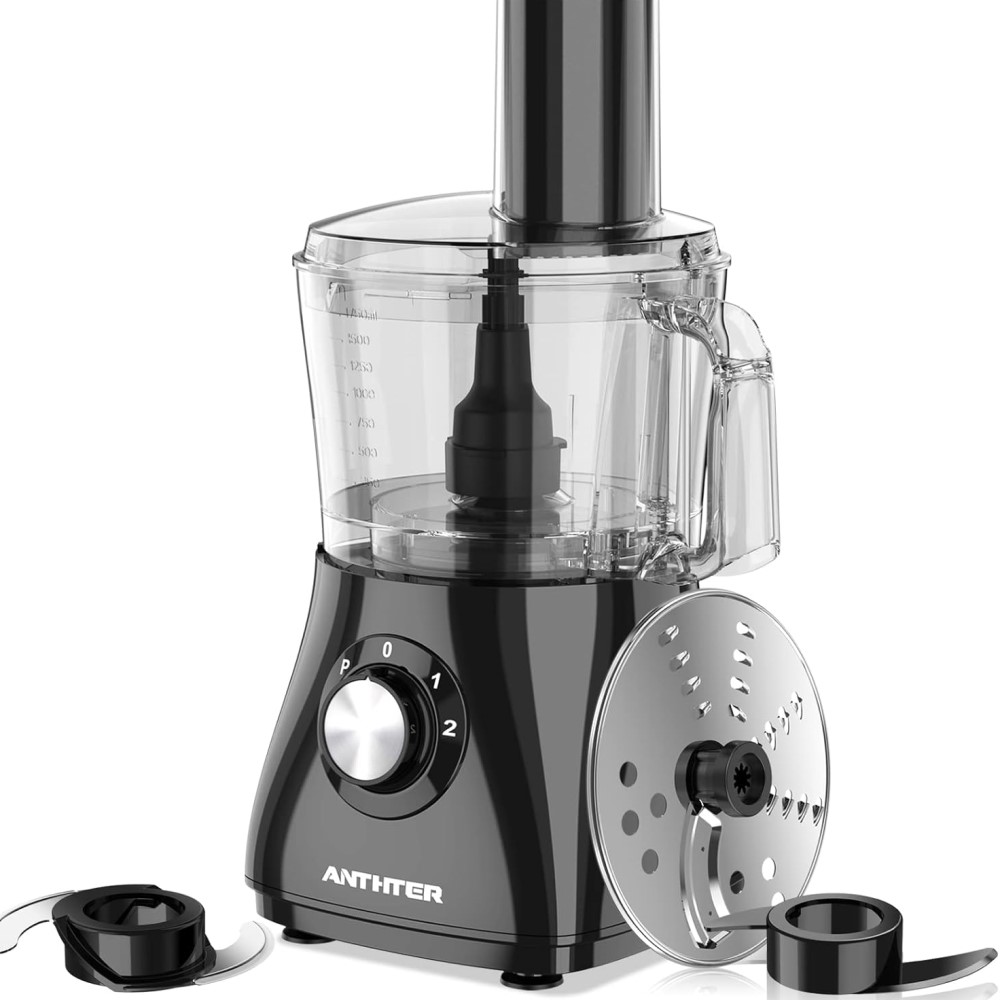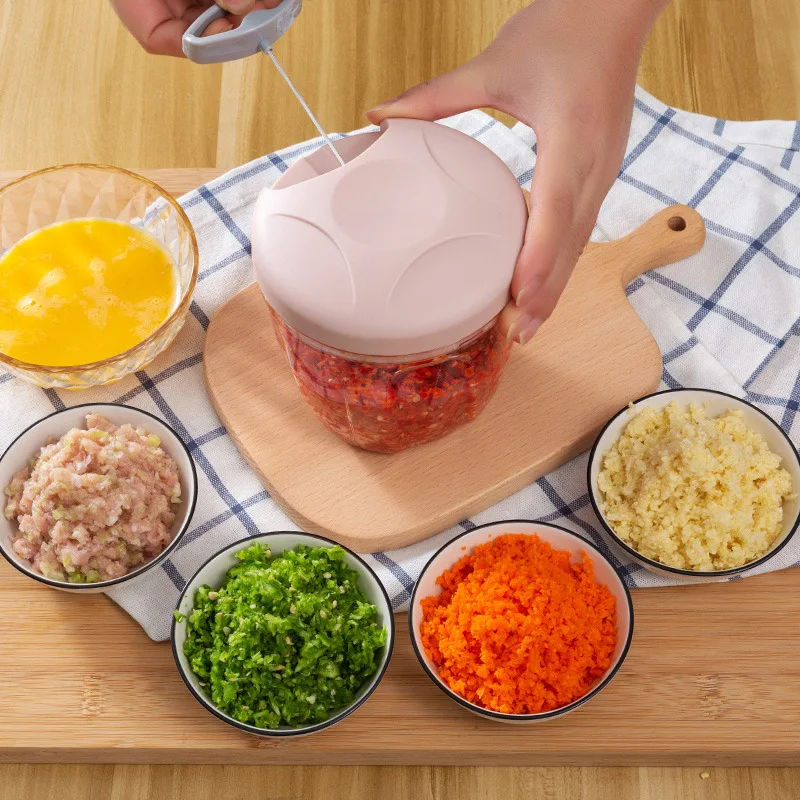
Introduction: Exploring the Cold Press Juicer Phenomenon
In the world of kitchen appliances, one device is growing increasingly popular: the cold press juicer. But what is a cold press juicer, and why is it considered essential in American kitchens? This innovative appliance not only allows you to create delicious and nutritious juices, but it also offers advanced benefits that traditional juicers simply cannot match. If you’re seeking ways to incorporate healthy habits into your daily routine, understanding the value of a cold press juicer is key.
In this article, we will explore the workings of cold press juicers, their numerous benefits, and helpful tips for choosing the right model for your kitchen. Additionally, we will highlight some refreshing juice recipes you can create with your new juicer. By the end of this guide, you’ll be well-equipped to embrace the cold press juicing lifestyle, making it an indispensable part of your culinary routine.
 What is a Cold Press Juicer?
What is a Cold Press Juicer?
To understand fully what a cold press juicer is, we need to explore its design and functionality compared to traditional juicers.
The Mechanics of Cold Press Juicing
- Masticating Mechanism: A cold press juicer, also known as a masticating juicer, operates by slowly grinding and pressing fruits and vegetables to extract juice. This process preserves more nutrients, enzymes, and flavor than conventional high-speed centrifugal juicers.
- Low Speed: Unlike traditional juicers that spin at high speeds, cold press juicers maintain a low-speed extraction, which prevents heat from damaging the juice’s cellular structure. This is particularly important for preserving the integrity of vitamins and minerals.
- Separation of Pulp: During the juicing process, a cold press juicer efficiently separates pulp from juice. As a result, the extracted juice has a smoother texture and better taste, providing an overall enhanced drinking experience.
Why Cold Press Juicing is Different
When considering what is a cold press juicer, it’s essential to note how it differs significantly from other types of juicers:
- Nutrient Retention: Cold press juicers retain more nutrients and enzymes, making their juice healthier compared to juices made with centrifugal methods.
- Longer Shelf Life: Due to the way cold press juicing minimizes oxidation, juices produced by these machines often have a longer shelf life. This means you can prepare larger batches and store them for later without losing flavor or nutritional value.
- Versatility: Cold press juicers are versatile, allowing you to juice not just fruits and vegetables, but also leafy greens, nuts, and seeds. This opens up a world of possibilities and healthy options for your juicing experience.
 Benefits of Using a Cold Press Juicer
Benefits of Using a Cold Press Juicer
Now that we understand what a cold press juicer is, let’s dive deeper into the myriad benefits that make this appliance a must-have in kitchens across America.
1. Nutrient Preservation
As mentioned previously, the cold extraction process retains more vitamins, minerals, and enzymes compared to traditional juicing methods. This nutrient preservation is crucial for those looking to enhance their health through diet.
- Rich in Antioxidants: With less exposure to heat and air, cold-pressed juices maintain higher levels of antioxidants, which are essential for combating oxidative stress and inflammation in the body.
- Enhanced Flavor: The preservation of nutrients also results in juices that taste fresher and more vibrant. Many users find cold-pressed juices to be more flavorful than those produced by other means.
2. Health Benefits
Embracing cold press juicing opens up a range of health benefits that can contribute to a better lifestyle.
- Weight Management: For those looking to manage their weight, cold-pressed juices can be a nutritious choice, providing essential nutrients while being low in calories. They can serve as healthy snacks or meal replacements.
- Detoxification: Regular consumption of cold-pressed juices may support detoxification. The nutrients found in fresh produce can help cleanse your system and promote overall wellness.
- Improved Digestion: Cold-pressed juices are a source of natural digestive enzymes, and they provide hydration, helping to improve digestion and gut health over time.
3. Eco-Friendly Choice
In today’s world, many consumers are inclined to make eco-conscious decisions, and opting for cold press juicing supports this trend.
- Less Waste: Cold-pressed juicers typically produce less waste than traditional juicers. They efficiently extract juice from the raw ingredients, minimizing pulp and waste while giving you more juice per item.
- Sustainable Ingredients: When choosing to juice, you can opt for organic, locally sourced fruits and vegetables, which reduces your carbon footprint and supports sustainable agriculture.
4. Cost Savings Over Time
While the initial investment in a good cold press juicer may be higher than traditional juicers, the long-term cost savings can be significant.
- Buying in Bulk: Preparing juices at home allows you to buy fruits and vegetables in bulk, minimizing cost compared to purchasing pre-packaged juices.
- Health Savings: Additionally, a healthier diet stemming from regular juicing may lead to fewer medical expenses over time. Preventative health measures can ultimately save you money and keep you feeling your best.
5. Personalization of Flavor and Ingredients
Another significant benefit is the ability to customize your juices exactly according to your tastes and dietary needs.
- Unique Flavors: You have the power to experiment with different combinations of fruits and vegetables, allowing for creations that suit your palate. Whether you enjoy spicy ginger or sweet pineapple, the options are limitless.
- Dietary Restrictions: If you have specific dietary restrictions, cold press juicing allows you to tailor recipes to your needs. This customization enables you to enjoy fresh juices without the frustration of worrying about hidden ingredients.
 Recommended Recipes for Your Cold Press Juicer
Recommended Recipes for Your Cold Press Juicer
Now let’s explore some exciting and refreshing recipes you can make. These recipes will not only enhance your culinary repertoire but also allow you to enjoy the health benefits of cold-pressed juices.
1. Classic Green Juice
- Ingredients:
- 2 green apples
- 1 cucumber
- A handful of spinach
- 1 lemon (peeled)
- A small piece of ginger
- Instructions: Begin by washing all ingredients thoroughly. Feed them through your cold press juicer and collect the juice. Serve immediately for a refreshing and nutrient-packed beverage.
2. Tropical Bliss Juice
- Ingredients:
- 1 ripe pineapple
- 2 oranges
- 1 lime (peeled)
- A handful of mint leaves
- Instructions: Prepare your pineapple and citrus fruits by cutting them into manageable pieces. Juice them in your cold press juicer. Garnish with mint leaves for a tropical twist that brightens your day.
3. Carrot-Apple Ginger Juice
- Ingredients:
- 4 medium carrots (washed and trimmed)
- 2 apples
- A thumb-sized piece of ginger
- Instructions: Feed the carrots and apples into the juicer, followed by ginger for an unexpected kick. This juice is not only delicious but packed with beta-carotene and vitamin C.
4. Beetroot and Berry Blast
- Ingredients:
- 1 medium beetroot (peeled and chopped)
- 1 cup of mixed berries (strawberries, blueberries, raspberries)
- 1 tablespoon of honey (optional)
- Instructions: Juice the beetroot and berries together. Sweeten with honey if desired. This stunning juice is vibrant and full of antioxidants.
 Tips for Using Your Cold Press Juicer Efficiently
Tips for Using Your Cold Press Juicer Efficiently
Now that we have explored delicious recipes, it’s time to focus on some practical tips for maximizing the efficiency of your juicer during the juicing process.
1. Prep Your Ingredients
- Wash Well: Always wash your fruits and vegetables thoroughly to remove dirt and pesticides before juicing. This ensures a clean and safe juice.
- Cut into Appropriate Sizes: To save time during juicing, cut your ingredients into manageable pieces that can easily fit through the juicer’s chute.
2. Clean as You Go
Maintaining cleanliness not only keeps your workspace organized but also offers convenience for next time.
- Quick Cleanup: After juicing, rinse the components of your juicer right away. This keeps residue from building up and simplifies your cleaning routine later.
3. Store Juice Properly
Take care when storing your freshly made juices to ensure maximum freshness.
- Use Glass Containers: Store your juice in airtight glass containers rather than plastic to prevent oxidation. This will help retain flavors and nutrients.
- Refrigerate Immediately: If you’re not consuming the juice right away, place it in the refrigerator as soon as possible. Fresh juice is best consumed within 24 to 48 hours for optimal taste and nutrition.
 Conclusion: Embracing the Cold Press Juicing Lifestyle
Conclusion: Embracing the Cold Press Juicing Lifestyle
By embracing the art of cold press juicing, you’re making a valuable addition to your kitchen that promotes a healthy lifestyle. Understanding what is a cold press juicer and how to harness its capabilities will help you create nutritious, delicious juices that cater to your taste preferences and dietary needs.
The myriad benefits—from the preservation of nutrients to the creative opportunities for flavor combinations—make the cold press juicer an essential tool in modern kitchens. Moreover, the recipes and tips provided in this guide are designed to inspire your juicing journey, turning an ordinary kitchen task into an exciting and healthy ritual.
So gather your ingredients, prepare your juicer, and start crafting refreshing juices that not only tantalize your taste buds but also nourish your body. Happy juicing!












 Cleaning and Maintenance Tips for Your 7-Cup Food Processor
Cleaning and Maintenance Tips for Your 7-Cup Food Processor

 Key Differences: Capacity, Functionality, and Size
Key Differences: Capacity, Functionality, and Size

 Tips for Maintaining and Cleaning Your Hybrid Appliance
Tips for Maintaining and Cleaning Your Hybrid Appliance

 Creating Healthy Meals with a Food Processor
Creating Healthy Meals with a Food Processor

 Step-by-Step Instructions on Using a Manual Food Processor
Step-by-Step Instructions on Using a Manual Food Processor

 Food Processor Attachment Features and Advantages
Food Processor Attachment Features and Advantages

